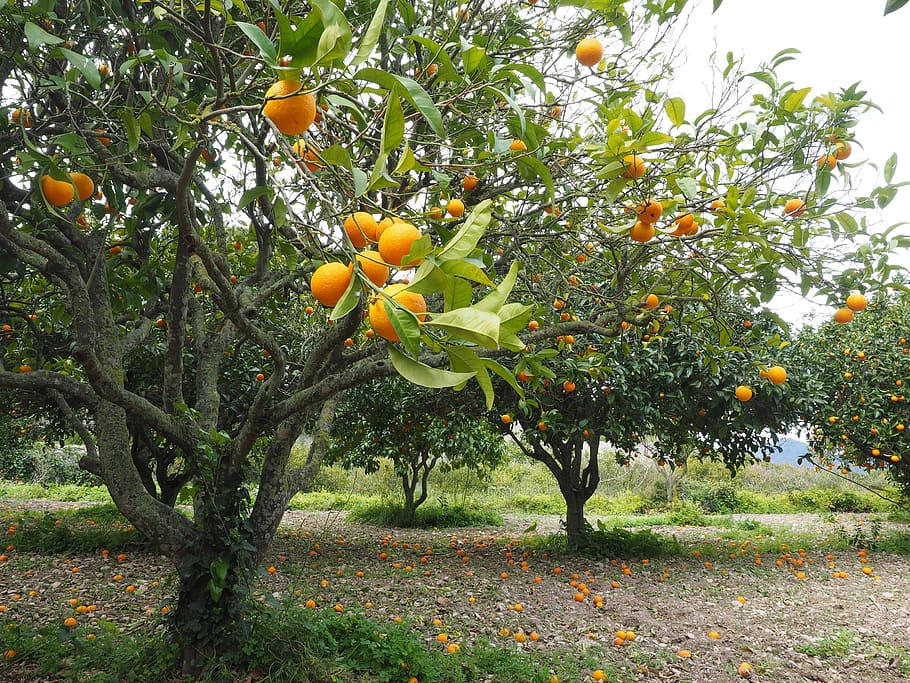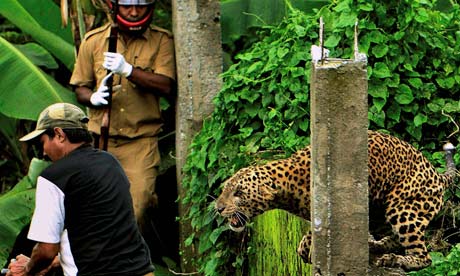Human-elephant conflict is the negative interaction between elephants and humans when they encounter each other near human settlements. When the elephant enters farms and raid crops, resources become inadequate for people. But when farms and villages are created on ancient elephant corridors, and the remaining forests are destroyed, elephant habitats and food supply become limited. And this gives rise to conflicts.
“In India alone, we lose about 500 people and 200 elephants every year,” says Avinash Krishnan, a senior research officer with A Rocha India.
Paul Harrison, former head of UNDP’s Global Wildlife Program, however, thinks it is people who create the conflict during such situations.
Also Read: Extent of Deforestation shows why Human-elephant conflict is increasing in Western Ghats
“In some ways, human-elephant conflict comes down to the conflict between people. The elephant represents the great beauty of a national park and tourism in the park. But as soon as it sets foot out of the park, it’s not representing the park anymore — it’s representing a threat to those people, to those farmers, to their livelihoods. Those people are in conflict with the other people running the parks. One group wants the elephant to live, the others might want the elephant to die.”
It is understandably a sensitive issue, where both humans and elephants gain nothing if conflicts arise. To solve it, many elephant nations, like India, Sri Lanka, and Africa have come up with innovative solutions.
These include barriers which are categorized into active (ones that use light and sound to scare the elephants), and passive (fences, walls, moats that are built to keep the elephants out). Fences have also been innovatively made of tobacco, spicy peppers, agave, and tiger urine.

Bees and Tobacco
Avinash with his team at A Rocha India, believes in multiple approaches including both active and passive barrier mechanisms. In Karnataka’s Bannerghatta National Park, they have set up varied types of barriers such as elephant trench, electric fence, concrete wall, rubble wall, concrete moat, mesh, spike gate, spike pillar, and rail-track fence.
Avinash explains to Edex, “We’ve tried different barriers for elephants like setting up beehives on fences, hanging sacks dipped in tiger’s urine and installing devices that create the sounds of lions and tigers.”
“All of these seem to work for a while, mainly because elephants are social animals, but after a while, they begin to observe and overcome these boundaries.” An effective solution that the team has come up with now is to scare away the elephants by mixing tobacco and chili powder to create a strong smell.
Also Read: In Pics – An Elephant’s Long Walk to Freedom
But the initiative becomes one-sided if it only dealt with the issue of keeping elephants at bay. Villagers living around the national park have also been educated and awareness programmes run to ensure that they understand how to keep a safe distance from the pachyderms and in general become more tolerant to their presence.

The Orange Tree Barriers
In Sri Lanka, Project Orange Elephant is an innovative initiative put forward by the Sri Lanka Wildlife Conservation Society (SLWCS) in the year 1995. They theorized that elephants avoid citrus fruits. To test this theory, they approached the Dehiwala Zoo and conducted feeding trials on elephants thrice over a period of six weeks, by offering nine varied foods such as carrots, bananas, cucumbers, pumpkin, bitter gourd, orange, mandarin, etc. to test their preferences. The theory was proved when the elephants avoided the orange leaves, while eating the other food.
With this proof, the SLWCS decided to implement this holistic approach by growing orange trees around crop fields. The orange trees mask the smell of crops and deliver a natural deterrent to prevent elephants from raiding farms. Hence it reduces the chance of conflict and creates a better non-violent environment to share space between the elephants and the farmers.
Also Read: Elephants can Make Joints with their Trunk to Pick Food
Though it was a challenge to convince farmers to take up this initiative, the idea provided additional income to the farmers and also a resource if at all their crops were raided. Furthermore, oranges may were a natural deterrent, but they caused no harm to the elephants in any way, unlike other active and passive barriers.

Keeping them away with Pepper
Diya Foundation, a local NGO from Assam, had implemented a similar approach by encouraging black pepper cultivation, which had led to increasing income by 30% to 40% of nearly 200 farmers.
Though elephants still keep coming whenever there is a food shortage, the farmers know that they will not touch the black pepper plants and that source of income is secure.
As Sundari Sitaram, the founder of Heart of Ganesh says “Humans … we are the largest challenge facing Asian elephants. That’s the bad news. The good news is, we are also the only hope for saving them.”
At the rate that the human population is growing and natural resources are diminishing, it is becoming harder to avoid conflicts. But innovative solutions like growing oranges, pepper or using bees ensure that no harm is brought to the animal merely looking for food.









